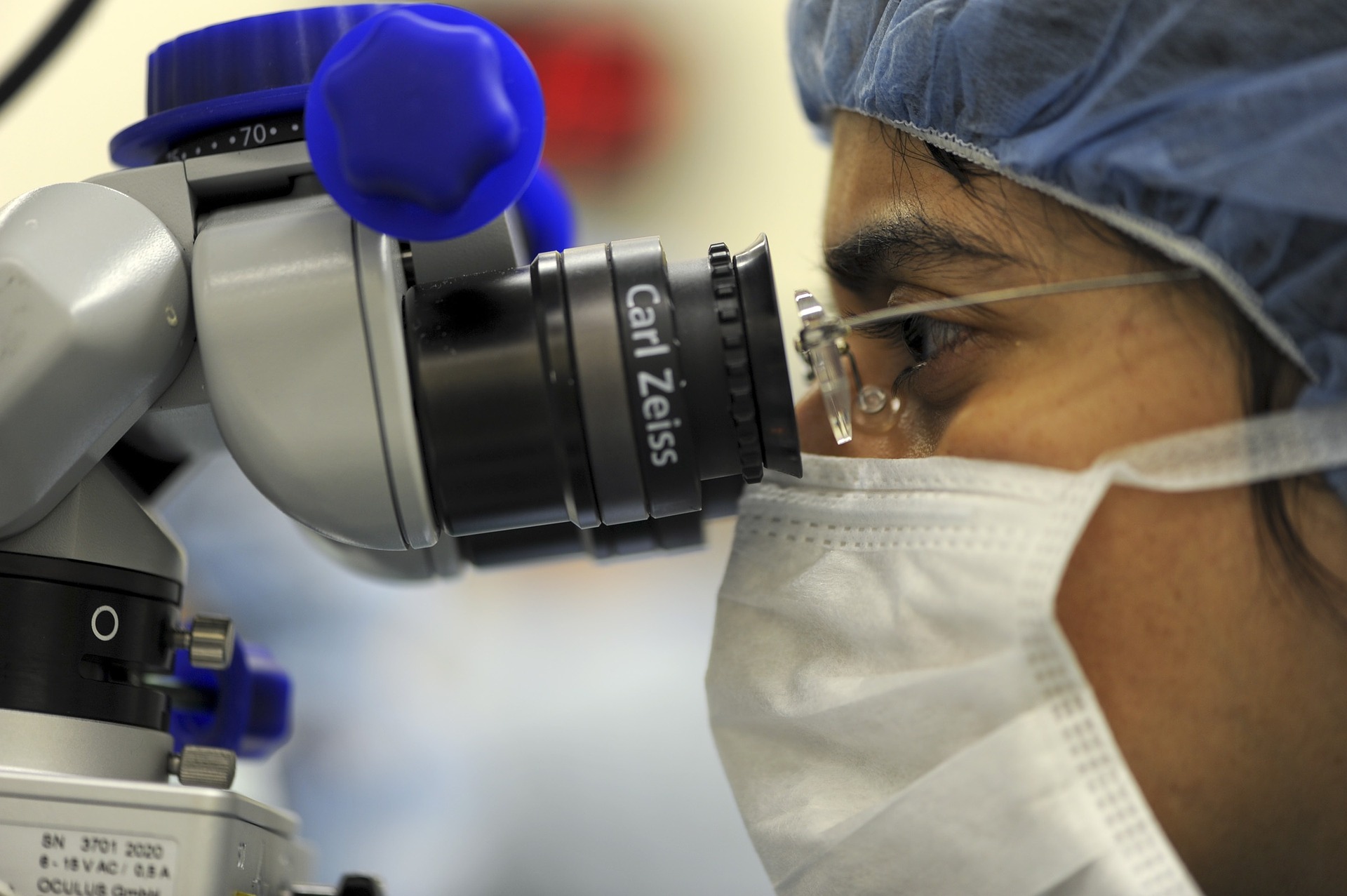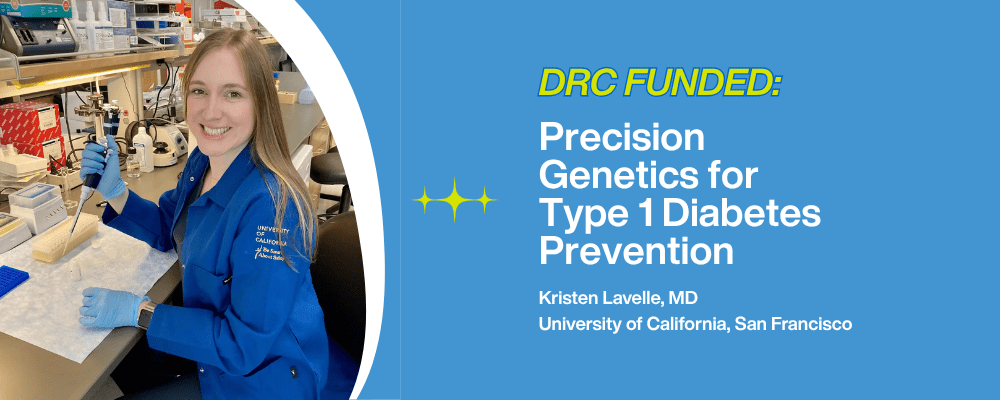Enhancing Protection for Islets Following Transplantation
One treatment approach for type 1 diabetes that researchers have been experimenting with and refining for more than 20 years is islet transplantation. The goal is to take insulin-producing islets from cadavers (or another source) and transplant them into individuals with type 1 diabetes so that these cells will thrive and allow the body to begin producing insulin once again.
A common challenge with this approach is protecting the cells from immune system attack or cell death from lack of oxygen. A recent study has found a way to overcome some of these obstacles by encapsulating the islets in a jelly-like substance made of collagen. This helps create a scaffolding that will not initiate an immune response yet contains the islets while allowing them to grow new blood vessels that will ultimately provide them with oxygen. Since this blood vessel regrowth can take time, the researchers also injected the scaffolding with calcium peroxide. As the calcium peroxide breaks down, it releases oxygen which is used to keep the cells alive as they settle in and begin working.
In traditional organ transplantation, the organ is surgically connected to the circulatory system meaning that the organ automatically begins receiving the oxygen and nutrients it needs for survival. Islet transplants do not work this way since the cells are not a solid organ. In addition, the cells are typically injected into the liver rather than the pancreas where they would normally occur. There is a greater risk of the pancreas having a negative reaction and destroying the islets than the liver.
The researchers tested this new bioscaffold in diabetic mice. Some mice received islets on their own, some received islets in the bioscaffold, and some received islets and calcium peroxide in the bioscaffold. The diabetic mice who received the islets and calcium peroxide demonstrated greater blood glucose control over four weeks than the other two groups. The team is now looking at the possibility of injecting the scaffolding with stem cells as well to further enhance islet survival and function.
These types of advancements in treatment are encouraging when it comes to type 1 diabetes. It is expected that the U.S. Food and Drug Administration (FDA) will approve islet transplantation as a valid treatment for T1D, rather than an experimental treatment, this year. This could increase the number of options available to patients for effectively managing the disease.
Diabetes Research Connection continues to stay abreast of changes in the field and provides critical funding for early-career scientists pursuing novel research around T1D. Learn more about current projects and how to support these efforts by visiting http://localhost/drc.




